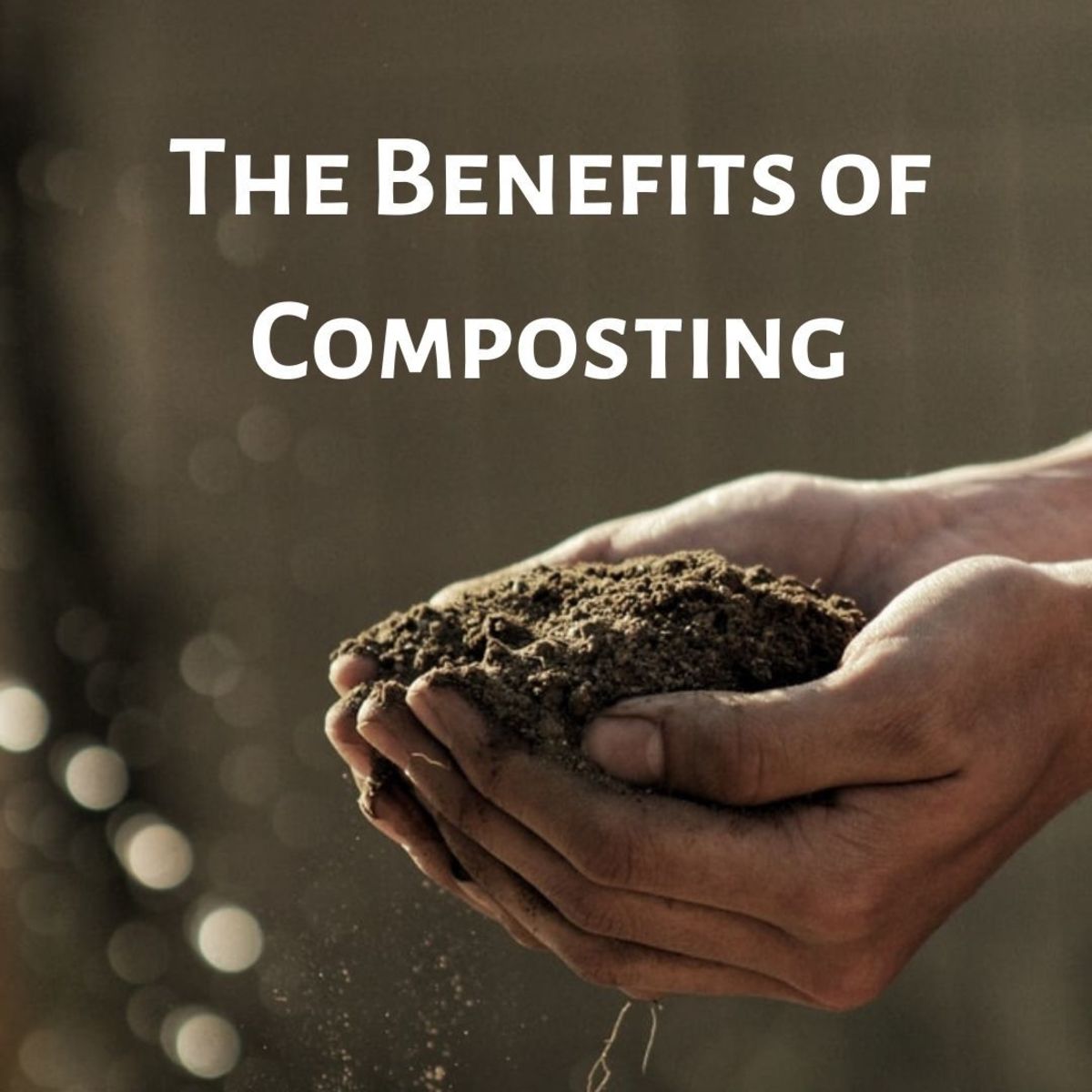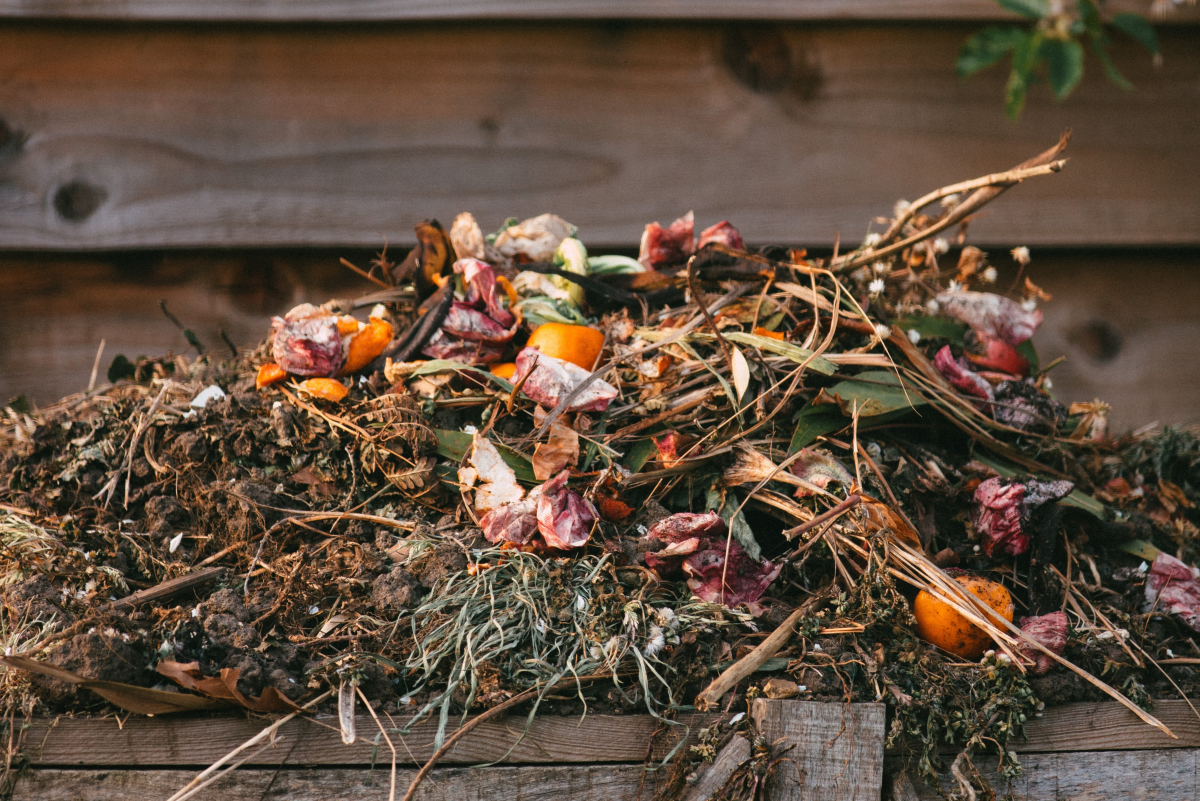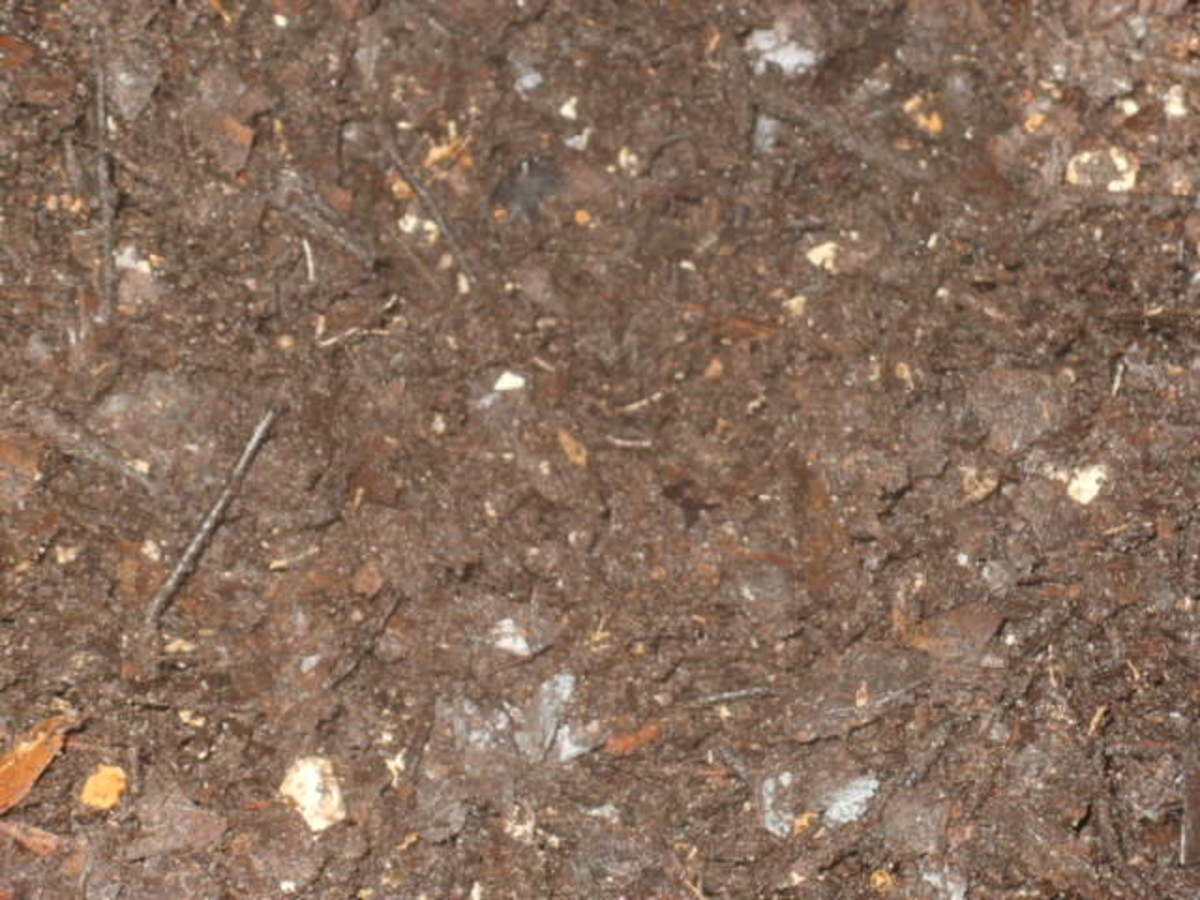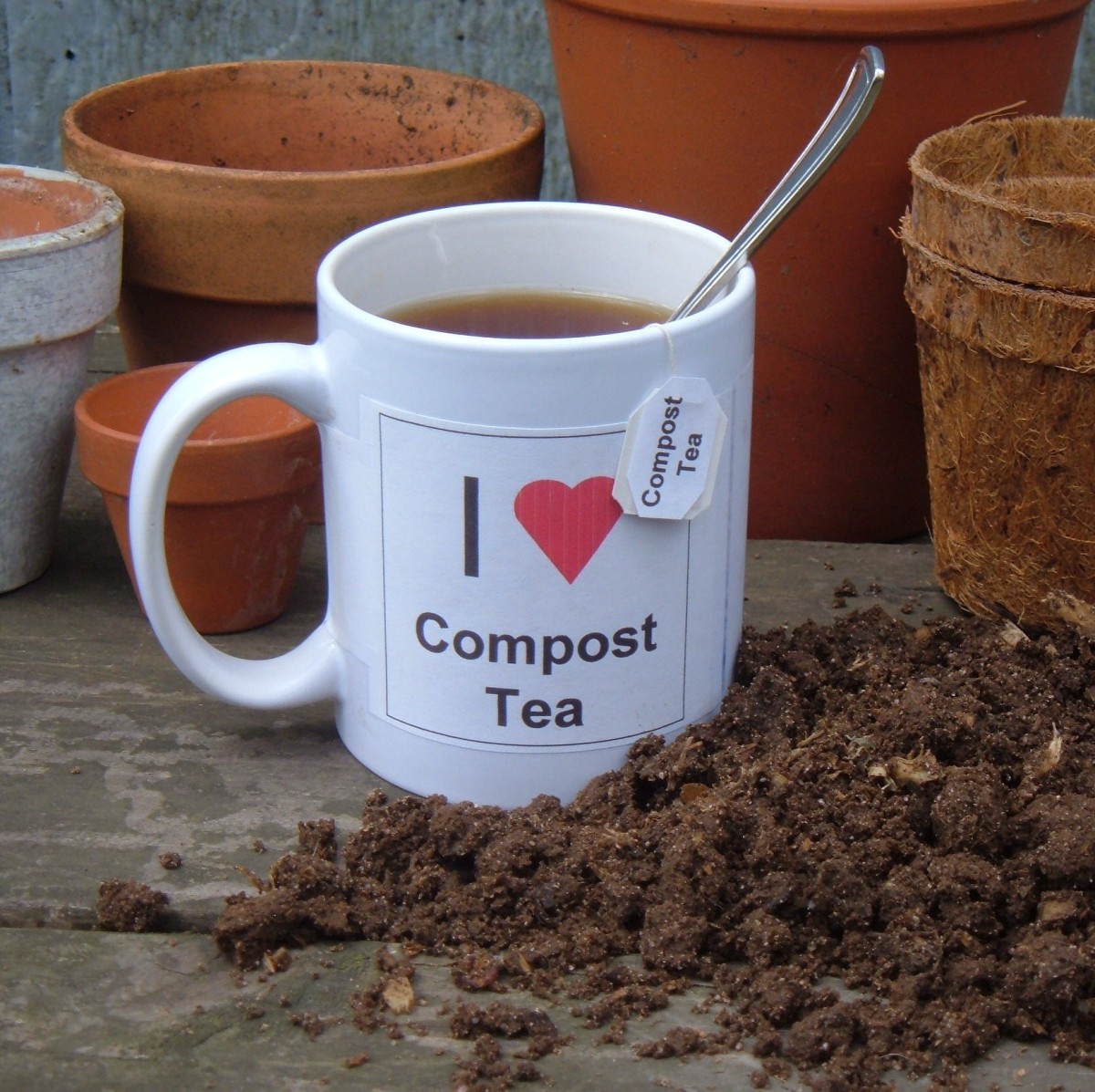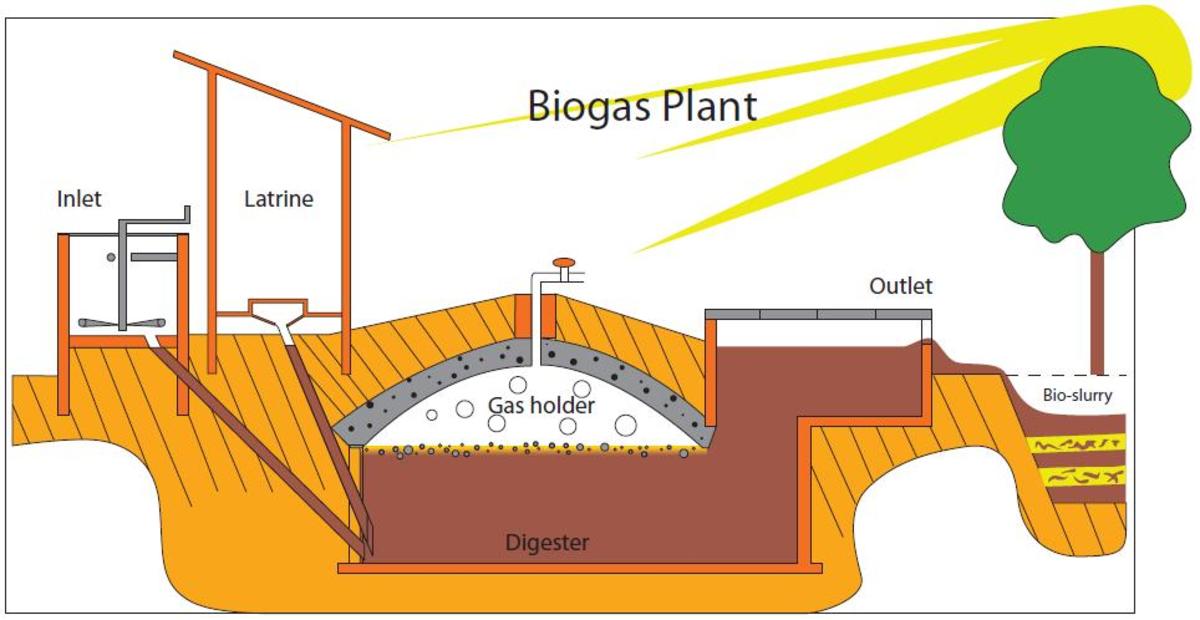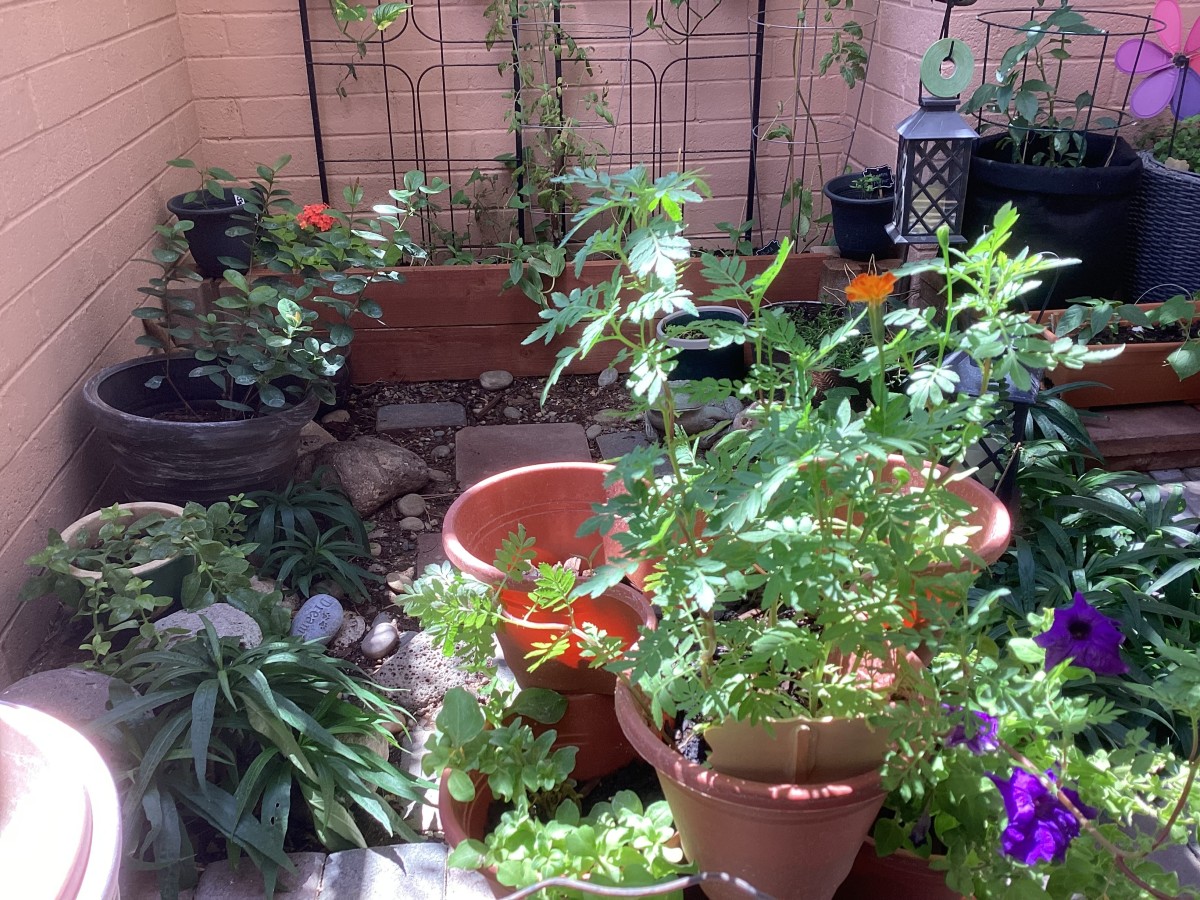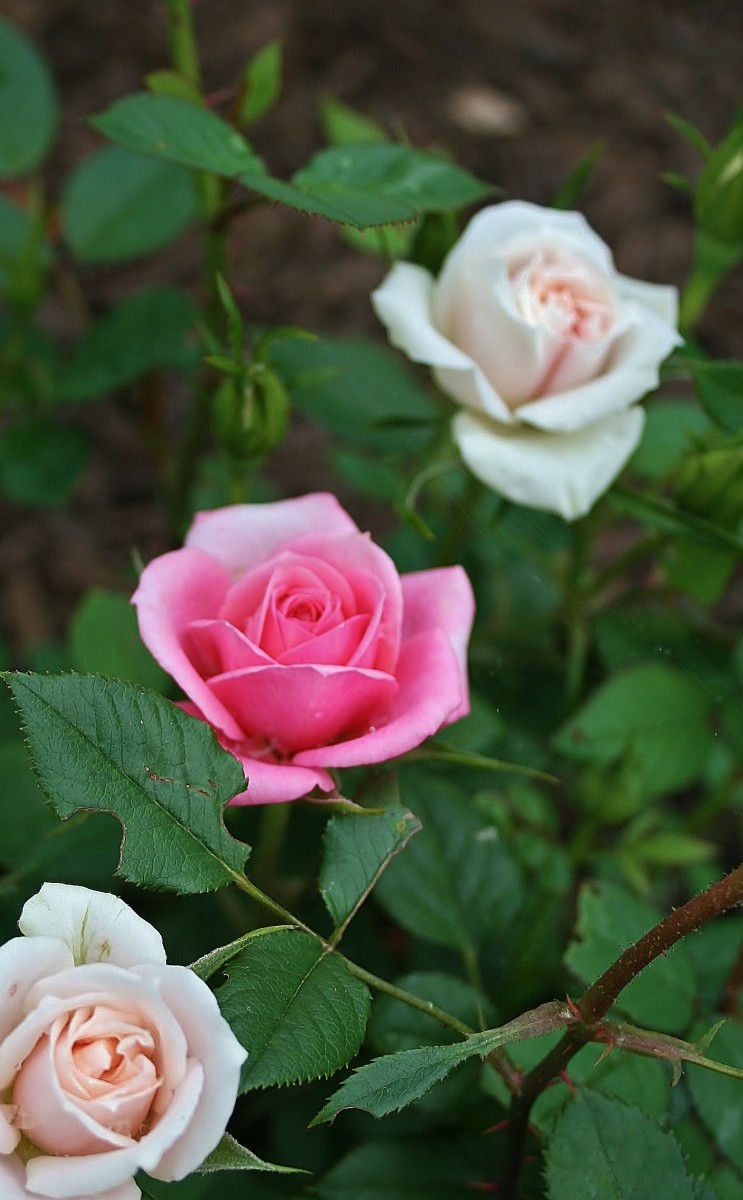How, why and where to compost
Most gardeners have long understood the value of dark rich soil for their gardens and trees. In a world constantly being polluted by garbage composting your green food wastes and yard material not only can improve the quality of their flower, vegetable or herb gardens it will also help reduce waste in landfills; Landfills that currently are 1/3 full of useful composting materials. Everyday millions of people throw away useful waste that can be put back into our earth. Even if you don't have a vegetable or herb or even a flower garden that doesn't mean you still shouldn't compost. We all need to help the earth and even if you live in a apartment or condo you can still compost, and use it for your house plants or give it to a friend or family member with a garden, don't waste what can be used.
Okay so maybe I've convinced you start a compost, now what? Well first you need to understand how the composting works, because there are some basic rules. Like avoid adding meats, dairy and pet leftovers, these can leave dangerous toxins in your compost if you are not careful. And of course meat and dairy will attract nasty bugs and critters. ( below is a list to help you choose what and what not to put in your compost)
So we know using compost helps our gardens, but why? By adding the proper amounts of material the soil your compost will be full of all the nutrients your plants will need, the soil will improve fertility and stimulate healthy root development in plants. The compost provides food for micro-organisms , which in turn keeps the soil in a healthy and balanced condition. If you compost the proper materials the compost will be rich with nitrogen, potassium and phosphorus so nothing will need to be added, the soil will have all that it needs.
So where to compost?
In my garden I have two compost piles an open compost and a closed compost and they are placed right next to my vegetable garden. My closed compost is for food waste and green and brown yard materials, and my open compost is compost that has been composting for a while. Every now and then I add the composted food bin and mix it up, making my soil dark, rich and wonderful. Not all of us have a large yard or a yard at all; for example my grandmother lived in a small apartment for years and yes she composted. She use to keep a bin in the sink for scraps and after dinner each day she would take it to her small balcony and place her scraps in a small wooden plant-box she had made a lid for. She used the compost for her indoor tomatoes and kitchen herbs. So you see you really can compost anywhere.
Almost any organic material is suitable for a compost pile. The pile needs a proper ratio of carbon-rich materials, (or browns,) and nitrogen-rich materials, (or greens.) Among the brown materials are dried leaves, straw, and wood chips. Nitrogen materials are fresh or green, such as grass clippings and kitchen scraps. Mixing certain types of materials or changing the proportions can make a difference in the rate of decomposition. To achieve the best possible mix, one might say is an art more so then an exact science, is pretty simple. The ideal ratio would be 25 parts brown material to 1 part greens. Too much carbon material will cause the pile to break down too slowly and too much nitrogen can cause an unwanted odour.
A good tip is to make sure everything is ground down as much as possible, for leaves try running them over with a lawn mower first. Chop food into small bits, and if you have more green material then brown try leaving your grass cuttings in the sun for a couple of days or spread on a driveway to dry and brown. A few plants to avoid are live oaks, southern magnolia, and holly trees are too tough and leathery for easy composting. Avoid all parts of the black walnut tree as they contain a plant poison that survives composting. Don't use poison oak, ivy or sumac either. Pin needles have a waxy coating that make the composting longer, try shredding them up if you can or avoid adding them all together. Wood ashes are good as well avoid using charcoal ashes as they usually contain large amounts or sulphur and iron that can injure plants. Hay straw and manure that has sat for a bit is also great for any compost, in fact those are some of the best.
I hope I have inspired you to compost and help save the earth and have a winning garden....



Here is the list of composting materials good and bad....
Type of Material..... Use it?.... Details
* Algae, seaweed and lake moss
Yes
Good nutrient source.
*Ashes from coal or charcoal
No
May contain materials bad for plants.
* Ashes from untreated, unpainted wood
Careful
Fine amounts at most. Can make the pile too alkaline and suppress composting.
*Beverages, kitchen rinse water
Yes
Good to moisten the middle of the pile. Don't over-moisten the pile.
* Bird droppings
Careful
May contain weed seeds or disease organisms.
* Cardboard
Yes
Shred into small pieces if you use it. Wetting it makes it easier to tear. If you have a lot, consider recycling instead.
* Cat droppings or cat litter
No
May contain disease organisms. Avoid.
*Coffee ground and filters
Yes
Worms love coffee grounds and coffee filters.
* Compost activator
Not required, but ok
You don't really need it, but it doesn't hurt.
* Cornstalks, corn cobs
Yes
Best if shredded and mixed well with nitrogen rich materials.
* Diseased plants
Careful
If your pile doesn't get hot enough, it might not kill the organisms, so be careful. Let it cure several months, and don't use resulting compost near the type of plant that was diseased.
* Dog droppings
No
Avoid.
* Dryer lint
Yes
Compost away! Moistening helps.
* Eggshells
Yes
Break down slowly. Crushing shells helps.
* Fish scraps
No
Can attract rodents and cause a stinky pile.
* Hair
Yes
Scatter so it isn't in clumps.
* Lime
No
Can kill composting action. Avoid.
* Manure (horse, cow, pig, sheep, goat, chicken, rabbit)
Yes
Great source of nitrogen. Mix with carbon rich materials so it breaks down better.
* Meat, fat, grease, oils, bones
No
Avoid.
* Milk, cheese, yogurt
Careful
Put it deep in the pile to avoid attracting animals.
*Newspaper
Yes
Shred it so it breaks down easier. It is easy to add too much newspaper, so recycle instead if you have a lot. Don't add slick colored pages.
* Oak leaves
Yes
Shredding leaves helps them break down faster. They decompose slowly. Acidic.
* Sawdust and wood shavings (untreated wood)
Yes
You'll need a lot of nitrogen materials to make up for the high carbon content. Don't use too much, and don't use treated woods.
*Pine needles and cones
Yes
Don't overload the pile. Also acidic and decomposes slowly.
* Weeds
Careful
Dry them out on the pavement, then add later.
* Sod
Careful
Make sure the pile is hot enough, so grass doesn't continue growing.


